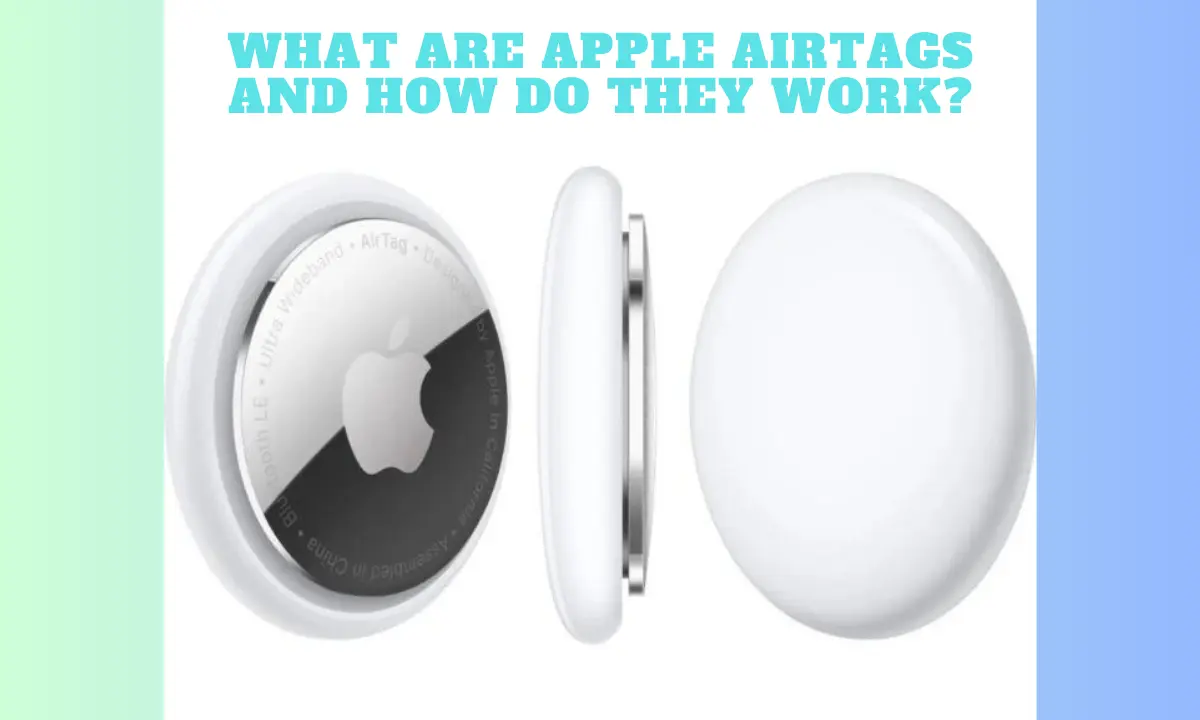In today’s fast-paced world, keeping track of our belongings can be a challenge. Enter Apple AirTags, a game-changer in the realm of personal item tracking. But what exactly are Apple AirTags, and how do they revolutionize the way we keep tabs on our possessions? Let’s dive in.
The Essence of Apple AirTags
Apple AirTags are small, coin-sized tracking devices designed by Apple. Their primary function? To help you locate lost or misplaced items. Whether it’s keys, wallets, backpacks, or even pets, AirTags aim to bring peace of mind in the often frantic search for lost belongings.
Design and Aesthetics
True to Apple’s reputation, AirTags boast a sleek and minimalistic design. They’re small, lightweight, and unobtrusive, easily attaching to a wide range of items. Plus, their customization options – from emoji engravings to a variety of accessories – add a personal touch.
How Do AirTags Work?
The magic of AirTags lies in their technology. They use a combination of Bluetooth, Apple’s U1 chip for Ultra-Wideband technology, and the vast network of Apple devices around the world.
Finding Items Made Simple
When you attach an AirTag to an item and mark it as lost, the Find My network kicks in. This network harnesses the power of nearly a billion Apple devices, anonymously and securely relaying the location of your AirTag back to you. It’s like having a search party in your pocket!
Precision Finding
For iPhone 11 and later models, AirTags offer Precision Finding. This feature uses a combination of sound, haptic, and visual feedback to guide you directly to your lost item. It’s like playing a game of hot and cold, but with sophisticated technology!
Privacy and Security
Apple has designed AirTags with privacy and security at the forefront. Your location data and history are never stored on the AirTag itself. Communication with the Find My network is end-to-end encrypted, ensuring only you can access the location of your item.
Anti-Stalking Measures
Recognizing the potential for misuse, Apple incorporated features to discourage unwanted tracking. For instance, if an AirTag that doesn’t belong to you is moving with you, your iPhone will alert you. Plus, AirTags emit a sound after a period of being away from their owner, drawing attention to any unwanted tracking.
Battery Life and Sustainability
AirTags are designed with a user-replaceable CR2032 battery, typically lasting over a year. This design choice not only prolongs the life of your AirTag but also aligns with Apple’s commitment to sustainability.
FAQs
Can AirTags be used to track pets or children?
Yes, AirTags can be used to track pets or children, but with some considerations. For pets, attaching an AirTag to their collar can help locate them if they wander off. However, AirTags are not designed as a replacement for microchips in pets or as a comprehensive child safety device. They are best used as an additional measure for peace of mind. It’s important to note that AirTags rely on the proximity of Apple devices to provide location updates, which may not be ideal in areas with limited Apple device coverage.
How does Apple ensure privacy with AirTags?
Apple has prioritized privacy and security in the design of AirTags. Firstly, no location data or history is stored on the AirTag itself. Communication with the Find My network is end-to-end encrypted, meaning only the owner of the AirTag has access to its location data. Additionally, Apple has implemented features to prevent unwanted tracking. If an AirTag that isn’t registered to you is moving with you, your iPhone will alert you. Furthermore, AirTags emit a sound after being separated from their owner for an extended period, to alert anyone nearby of their presence.
What do I need to use an AirTag and how do I set it up?
To use an AirTag, you need an iPhone or iPod touch running iOS 14.5 or later, or an iPad running iPadOS 14.5 or later. Setting up an AirTag is straightforward. Simply bring the AirTag close to your device and it will connect, much like pairing AirPods. You can then assign the AirTag to an item and name it (like “Keys” or “Wallet”) in the Find My app. Once set up, you can view the item’s last known location on a map, play a sound to find it nearby, or use Precision Finding if you have a compatible iPhone.
Conclusion
Apple AirTags are more than just trackers; they are a testament to Apple’s innovation in technology, design and security. Whether it’s finding your keys under a couch cushion or tracking down a lost backpack in a crowded airport, AirTags offers a smart and stylish solution to a common problem. Welcome to the era of smarter tracking, where losing things just got a lot harder.

